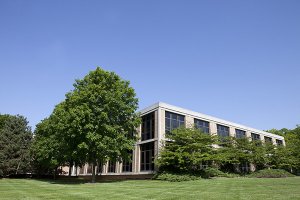Presented By: Climate and Space Sciences and Engineering
Climate & Space Seminar Series
Dr. Jamie Rankin

“Cosmic Rays at Heliosphere Extremes: Key Findings from Voyager and Parker Solar Probe”
Abstract:
In 2012, during the centennial year of the discovery of cosmic rays, Voyager 1 crossed the heliopause and began making the very first in-situ observations of the surrounding interstellar medium. Joined by Voyager 2 in 2018, these twin spacecraft continue to provide critical measurements of cosmic rays in a surprising, previously-unexplored plasma regime. Meanwhile, in 2018, Parker Solar Probe made history by exploring another new regime, venturing closer to the Sun than any spacecraft before it. This talk will highlight the new insights, discoveries, and open questions that have arisen from in-situ measurements of low-energy anomalous and galactic cosmic rays (few to hundreds of MeV) at these two extremes and how they relate to the current understanding of our own global astrosphere.
Abstract:
In 2012, during the centennial year of the discovery of cosmic rays, Voyager 1 crossed the heliopause and began making the very first in-situ observations of the surrounding interstellar medium. Joined by Voyager 2 in 2018, these twin spacecraft continue to provide critical measurements of cosmic rays in a surprising, previously-unexplored plasma regime. Meanwhile, in 2018, Parker Solar Probe made history by exploring another new regime, venturing closer to the Sun than any spacecraft before it. This talk will highlight the new insights, discoveries, and open questions that have arisen from in-situ measurements of low-energy anomalous and galactic cosmic rays (few to hundreds of MeV) at these two extremes and how they relate to the current understanding of our own global astrosphere.